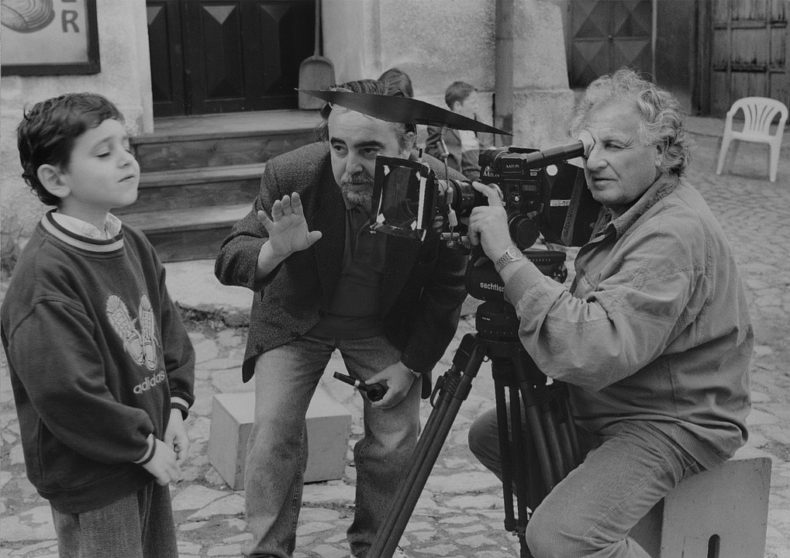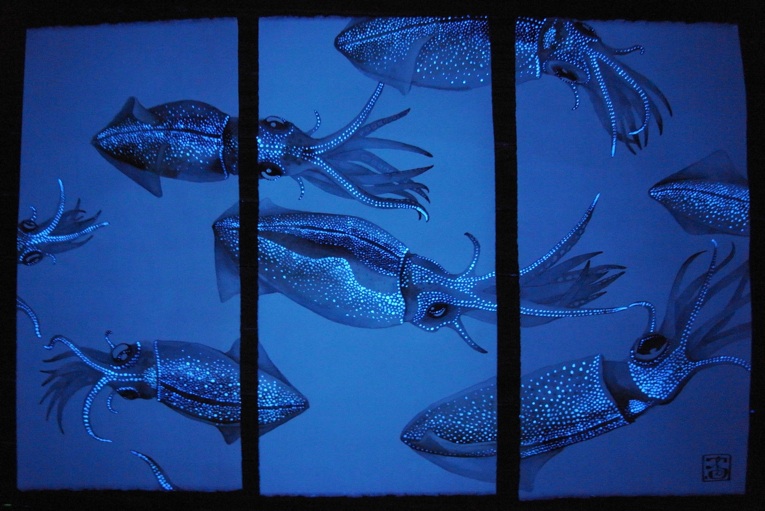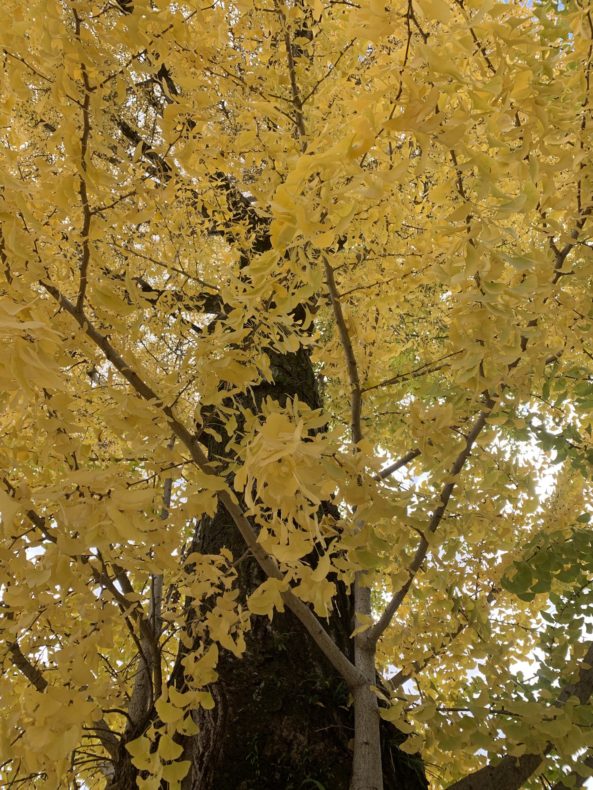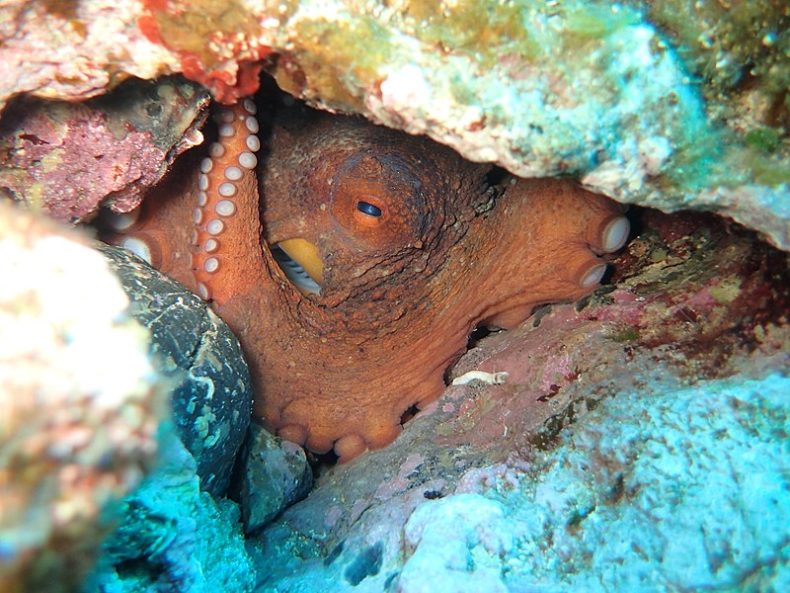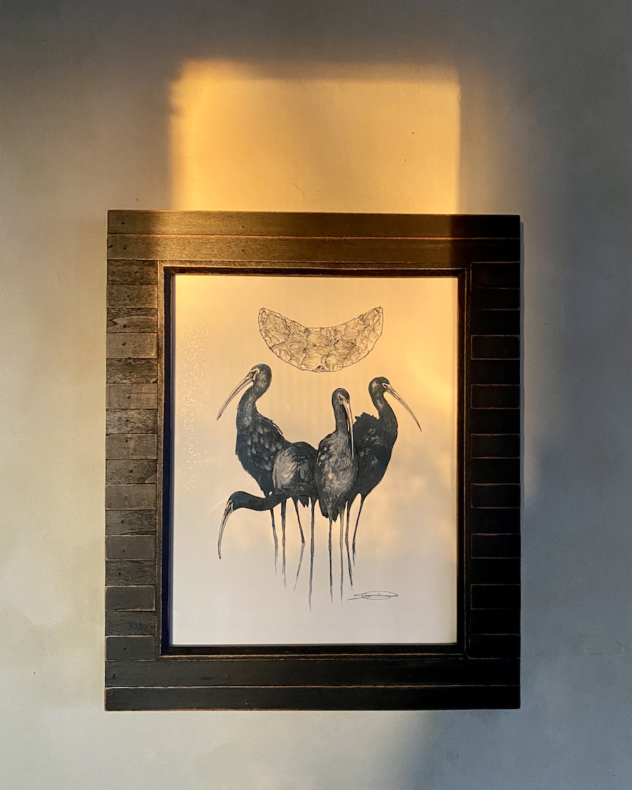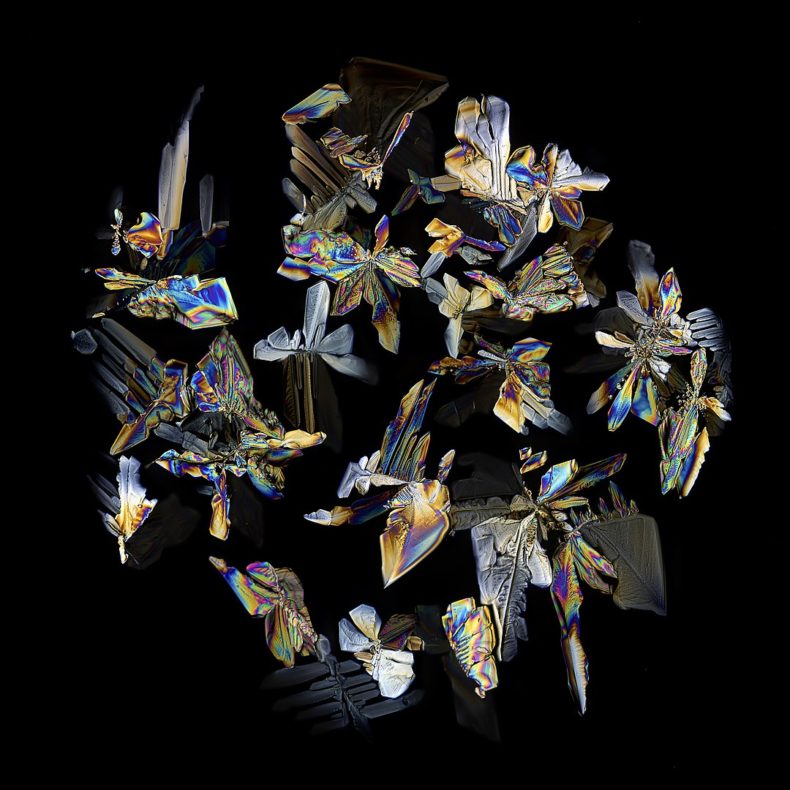
We’ve done this before, talked about the books and films and everything else we’ve liked. Here are our lists from years gone by. And if you should be so moved, we also offer books we ourselves have written.
Ann: I like lemon ginger scones. They are buttery, a tiny lemon bite and a bigger ginger bite, and a quiet antidote to you-know-what.
Christie: Fat Gold is genuine California olive oil and it’s delicious! It’s made by independent producers, and each shipment comes with a delightful little zine, and each batch is unique.
Kate: I’ve been telling everyone about these easy but cosmically delicious beet, arugula, and goat cheese grilled cheeses. You could roast your own beets, but you don’t have to; I get mine pre-roasted in the produce aisle. Prepare for a life-altering experience.
Ann: Oh Kate! You’re making me remember the cosmically delicious beet and halloumi recipe which consists of cooked sliced beets and sauteed sliced halloumi, the slices of beet and cheese alternating in a stack that falls apart as soon as you try to cut it. But I don’t see halloumi in the store any more; of course, I don’t go to the store any more either.
Ben: Does “everything” refer to food? It seems like that’s where we’re heading. Well, I recently attended a dinner/book-signing event here in Spokane featuring the chef Hank Shaw and nabbed his new cookbook, Hook, Line, and Supper (bet you’ll never guess what it’s about). So far I recommend the salmon piccata.
Cameron: I am breaking from food to say that it is my new favorite thing to run while listening to podcasts. This is not something I’d ever thought I could do–I thought I needed music! Exciting, loud (but not too loud), upbeat running music! But it turns out that podcasts are also really great in a different way, it’s like running with a great conversationalist who won’t notice if you’re breathing hard. Old favorite: Emerging Form, co-hosted by LWON’s own Christie Aschwanden. New favorite: Otherppl with Brad Listi. Just today I did a long run and listened to his conversation with George Saunders and came home feeling much better about the world. And also wanting to eat a huge breakfast.
Helen: Sewing. I really like sewing these days. It’s so much faster than knitting. Oh, is this supposed to be about buying things? Well, here’s my favorite source of fabric: Swanson’s Fabric, a specialty thrift store in western Massachusetts. Follow the owner on social media for many strong opinions about textiles, clothing, and capitalism.
Continue reading